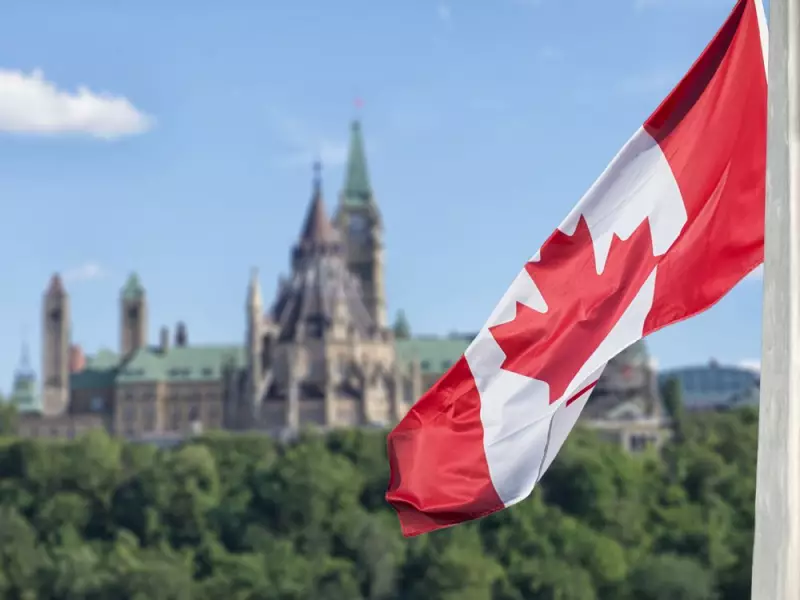
If Queen Elizabeth I were to examine Canada's current financial state, she would likely be appalled by the rampant spending and lack of fiscal discipline. The Tudor monarch, who famously prioritized financial management as her first principle of power, would find modern Canada's approach to economics deeply troubling.
Elizabeth I's Timeless Financial Wisdom
Historical records show that Elizabeth I placed supreme importance on sound financial management during her reign from 1558 to 1603. Despite inheriting significant debt and governing during a time when modern accounting was just emerging, she transformed England's economic fortunes through careful stewardship. Her principle to "give the highest priority to finance" appears strikingly relevant today as Canada faces mounting fiscal challenges.
The queen's other rules included selecting wise counsellors, avoiding unnecessary wars, and being cautious about innovation for its own sake. Most importantly, she emphasized "opening opportunities to create wealth" - something contemporary Canada seems to have forgotten in its spending spree.
Canada's Mounting Fiscal Crisis
Recent financial revelations paint a disturbing picture of Canada's fiscal management. Heading into the federal budget, the estimated deficit was already 60% over target at $68.5 billion, with experts correctly predicting it would reach approximately $80 billion. Budget officer Jason Jacques delivered a stark warning to the Senate finance committee in October, stating "Something's going to break. It's unsustainable."
The numbers tell a troubling story. The Canada Revenue Agency has spent $190 million on dysfunctional call centres, while the federal government attempted to block disclosure of $15-billion subsidy agreements with Stellantis after the automaker announced it was relocating Jeep production to the United States, taking 3,000 jobs with it.
Even more concerning, since 2003, Canada has spent $645 million on sustainable development aid to China, as reported by Blacklock's Reporter. These revelations barely scratch the surface of the spending problem.
Questionable Spending Priorities
The examples of questionable federal spending are both numerous and troubling. Since 2016, federal diversity, equity and inclusion grants totaling approximately $1 billion have funded projects including "cultural vegetables to strengthen food security" and support for Congolese war veterans.
The Social Sciences and Humanities Research Council, which cost taxpayers over $1 billion last year alone, funded studies about Peruvian rock music, grocery carts, selfies, online Harry Potter fan communities, intersectional piano curriculums and gender equity bicycles, according to the Canadian Taxpayers Federation.
Other notable examples include a $1.6 billion program for "ecological grief" that auditors deemed "insufficient" and $10 billion committed to "Jordan's Principle" initiatives through 2028, despite transparency concerns.
The consultant spending across government totals about $25 billion, with the federal employment department alone tripling its consultant spending to $311.8 million in 2023. Meanwhile, an unused 2018 federal youth volunteerism program has cost $204 million to date.
Failed Programs and Missed Opportunities
Several high-profile program failures highlight the systemic issues in federal spending. CERB write-offs now total $34 million, while COVID ventilators purchased for $1 billion were ultimately sold for scrap metal. The $60-million ArriveCAN program continues to face criminal investigations for alleged billing fraud across nine federal departments.
The now-defunct federal "sustainable development" fund, which awarded $135 million in contracts, failed to comply with basic eligibility and conflict of interest requirements. Auditors noted that outcomes were not "monitored, measured or attributed."
Other concerning expenditures include the Department of Justice spending $38 million on civil litigation and prosecution of Freedom Convoy participants, and an "easy-to-use" federal benefits website, launched in 2017 for $1.8 billion, that has now cost $6.6 billion and remains incomplete.
Perhaps most telling is the Women Entrepreneurship Fund, launched in 2018 with $130 million, which hasn't led to a single start-up.
The Economic Consequences
Beyond the immediate spending concerns, Canada faces broader economic challenges. The country suffers from investment-killing regulations and unrelenting ideological pressure on banks regarding fossil fuels, which has impacted mergers and acquisitions, competitiveness, and social mobility.
Canada's performance in research and development, productivity, and entrepreneurialism ranks among the lowest in the G-7 nations. This combination of reckless spending and anti-business policies has created what Bronwyn Eyre, a senior fellow with the Montreal Economic Institute, describes as a need for "an economic renaissance and a thorough cleansing of the Augean stables."
As Queen Elizabeth I demonstrated five centuries ago, economic prosperity requires disciplined financial management and wealth creation opportunities. Canada's current trajectory suggests these lessons from history have been largely forgotten in favor of unsustainable spending and misplaced priorities.





